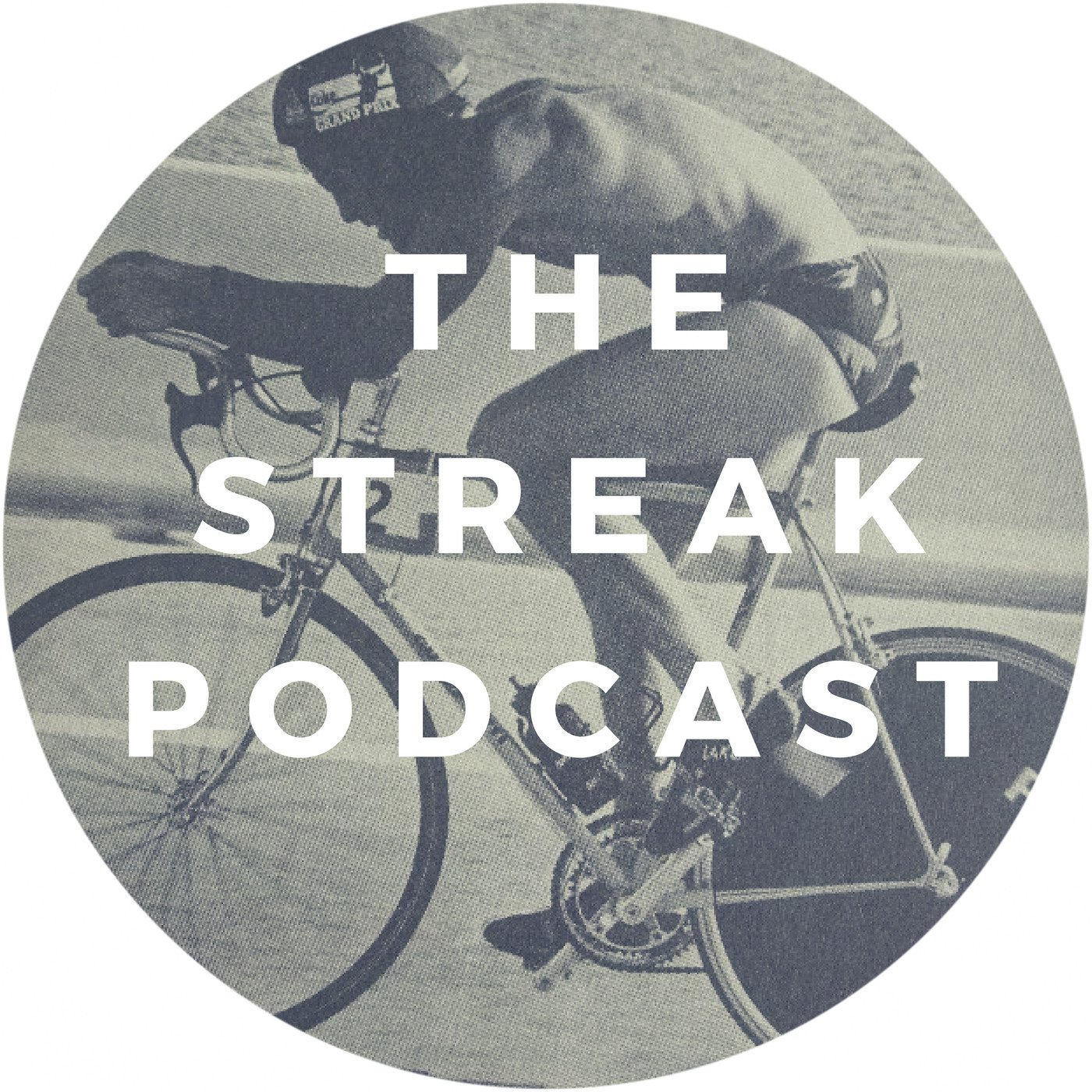The Slough Demos Part 1: A Triathlon History Tour
This is the first in a series of episodes called The Slough Demos. Mainly about what it was like growing up in Slough in the 1980s as a teenage triathlon nerd.
TSP2: The Speed And The Sweat was about the first triathlon I ever did. In May 1989 in Wokingham. And these episodes will follow on from that. With some prequel stuff too. Part 1 is a running tour of Slough that you can do to get an overview of the triathlon history that exists there.
The inspiration for this episode came from a YouTube video on the Ginger Runner channel. It’s with Ben Gibbard from the band Death Cab For Cutie. And he describes a 46 mile run he did through Seattle visiting famous local music landmarks.
Enjoying learning more about Slough!
Images:
Tri-Athlete (UK) Nov-Dec 1987
220 (UK) October 1990
220 (UK) November 1990
Tri-Athlete (UK) July 1988
Tri-Athlete (UK) October-November 1988
Triathlete (UK) August 1990
220 (UK) December 1989
Tri-Athlete (UK) Nov-Dec 1987
British Triathlon Scene (UK) Dec 1989-Jan 1990
British Triathlon Scene (UK) November 1989
Tri-Athlete (UK) July 1987
1988 Raleigh Catalogue
Triathlete (USA) May 1987
Tri-Athlete (UK) September 1988
Me finishing the 1991 Windsor Triathlon
My Dave Russell. Maybe taken in the Autumn of 1990
Links:
Slough by David Brent
TSP2: The Speed And The Sweat
Slough Trading Estate History
Slough Trading Estate Video
Slough Community Centre History
Ginger Runner with Ben Gibbard
USTS Hilton Head 1987
TSP9: The First British Triathlon Shown On TV
TSP21: My First Wetsuit. My Favourite Wetsuit. One I’d Like To Get Hold Of.
And Some History.
TSP16: The 220 Triathlon Series - Year 1
1989 Avignon Triathlon
Dave Russell on Classic Lightweights
TSP3: I Bought 4 Sets of Scott DH Handlebars
220 (UK) July 1995
Sources:
Slough on Wikipedia
Mars Inc on Wikipedia
Slough History Online
220 (UK) September 1989
British Triathlon Scene (UK) June 1989
220 (UK) October 1991
220 (UK) March 1989
Stows Cycles History Page
Cinnamon Cafe History Page
Windsor Leisure Centre History
Dorney Lake






















